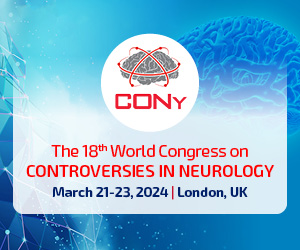SYMPOSIUM: HYDROCEPHALUS. Hydrocephalus in children with brain tumours
Krzysztof Zakrzewski, Emilia Nowosławska
 Affiliation and address for correspondence
Affiliation and address for correspondenceBrain tumours comprise 20-25% of paediatric neoplasms and constitute the second most common group, after leukaemia. They are responsible for approximately 20% of cases of hydrocephalus in children. Mechanical compression of the ventricular system is the most frequent cause of hydrocephalus. Malabsorption or overproduction of cerebrospinal fluid are less commonly observed. Hydrocephalus most commonly affects children with intra-axial brain tumours. Benign tectal gliomas, tumours of the posterior part of the third ventricle (pineal region tumours) and cerebellar vermis and fourth ventricle tumours are the most concerned. Hydrocephalus accompanies also a relatively great number of tumours located in suprasellar region or within the brainstem. Surgical treatment of hydrocephalus depends on location of the tumour and patient’s clinical condition. Surgical resection of a large majority of hemispheric, intraventricular, suprasellar and cerebellar tumours results with withdrawal of hydrocephalus. The rest of the patients requires neuroendoscopic procedures (third ventriculostomy) or shunting. Neuroendoscopic procedures are performed in children with pineal tumours as a first treatment option. Patients with brainstem tumours are subjected to the third ventriculostomy or shunting. Children with severe clinical condition require external ventricular drainage or the third ventriculostomy before the resection of the tumour. Prognosis in children with hydrocephalus and brain tumour depends mainly on tumour’s type and further course of the primary disease.








